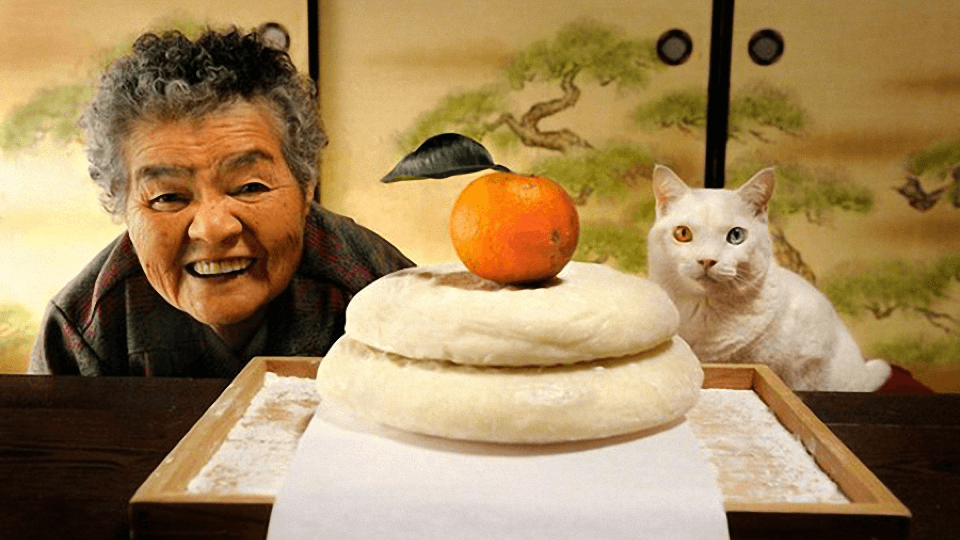Silver-haired generation drives Chinese pet industry

Besides the single people, it’s the older generations that are responsible for the boom of the Chinese pet industry.
While fast-paced urban life has prompted young single people to regard the companionship of pets as spiritual sustenance, older people rely on pets to relieve loneliness.
According to the “Intergenerational Consumption Insights Report” released by the JD.com, Digital Research Institute, users born in the 60s have a huge motivation in pet consumption, and their pet consumption preferences are 1.7 times higher of those born in the 1980s. According to the “2019 Middle-aged and Elderly Online Consumption Trend Report”, the proportion of pet supplies consumed by elderly people over 60 years old is 22% higher than that of other categories. Similar to the post-90s, pets also give elderly people a sense of companionship, moreover, ease the loneliness of elderly life.
According to data from Tmall Supermarket in July 2020, the growth rate of pet consumption in third-tier and forth-tier cities has exceeded first second-tier cities in the past year. Among them, the growth rate of pet consumption by the elderly in third-tier and forth-tier cities reached 450% year-on-year, which was the fastest growth section of urban silver-haired consumption.
In recent years, the pet economy has been classified as a type of “lonely economy”. We seek emotional comfort in pets. Currently, the proportion of domestic elderly people keeping pets is increasing, mainly due to the trend of urbanization and the increase of empty-nest elderly people.
Buying a pet in China
In developed countries, the selling of pets is strictly controlled by law, and the volume of live transactions has been drastically reduced, where a very mature pet adoption mechanism has been formed. But in China, the pet livestock trade is still at the stage of rapid development. According to the survey, 43.9% of pet dogs are purchased in pet shops, 27% are given as gifts, and only 11.8% are adopted dogs. 32.6% of cats are picked up on the street, 18% are gifts, and 25.3% are purchased in pet stops, adoptions only accounted for 19.9%.
Consumer profiles
Under the current background of pet culture, basically 90% of pet keeping family in China choose pets mainly from dogs and cats. According to the survey, there are about 168 million pets in China, of which dogs account for the highest proportion, accounting for 46.1%, followed by cats, accounting for 30.7%, aquatic species also account for a certain proportion.
The choice of pet breeds among elderly people has nothing to do with the gender differences, but with social attributes: people who love socializing usually choose to keep dogs, while those don’t like to mingle usually keep cats.
